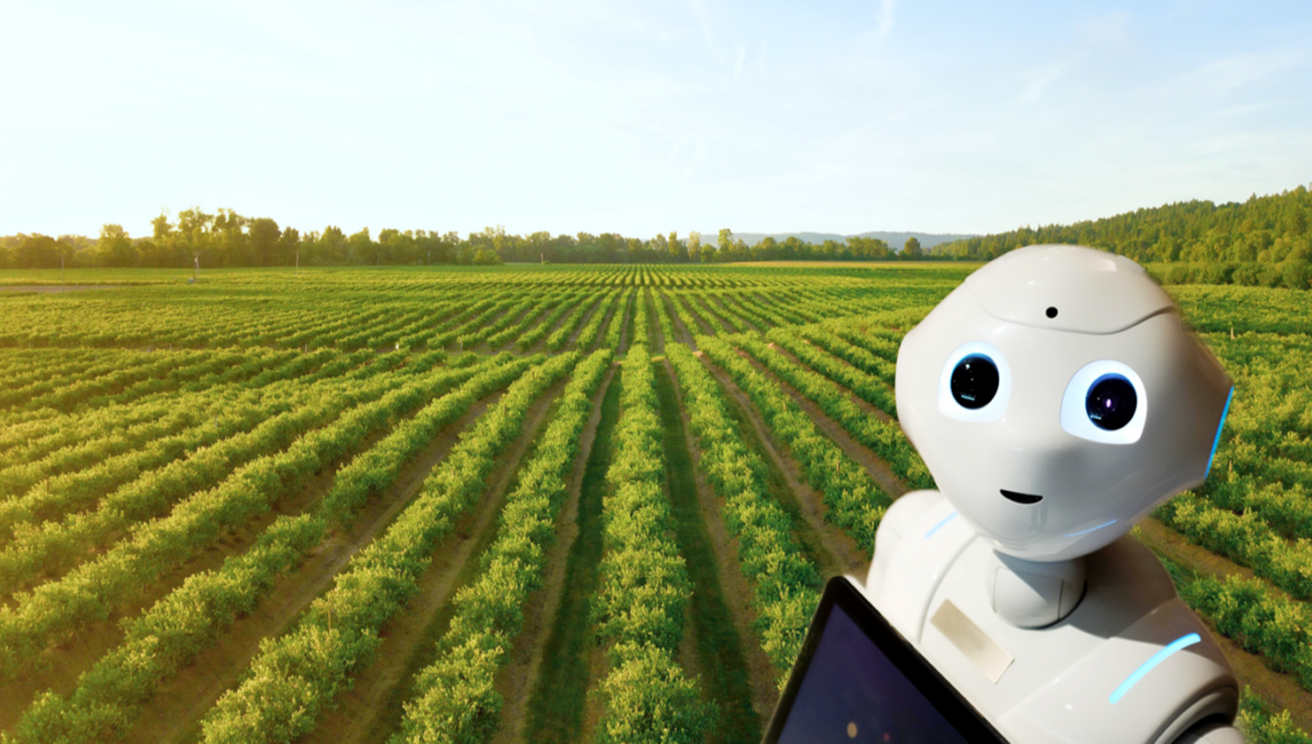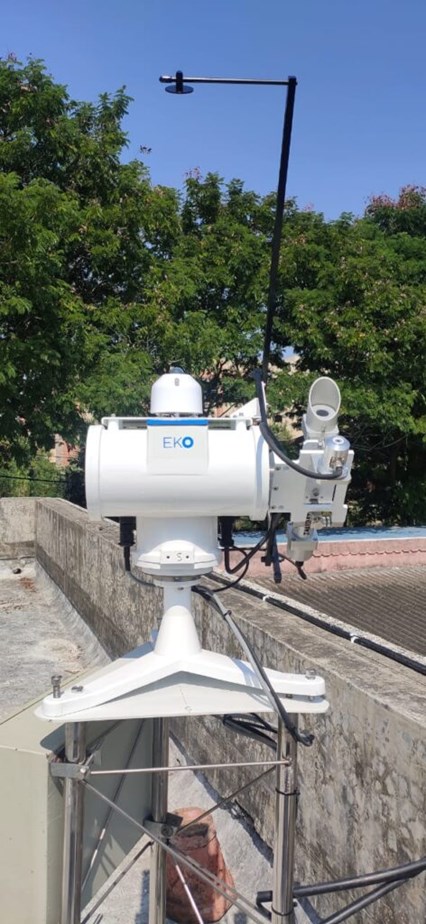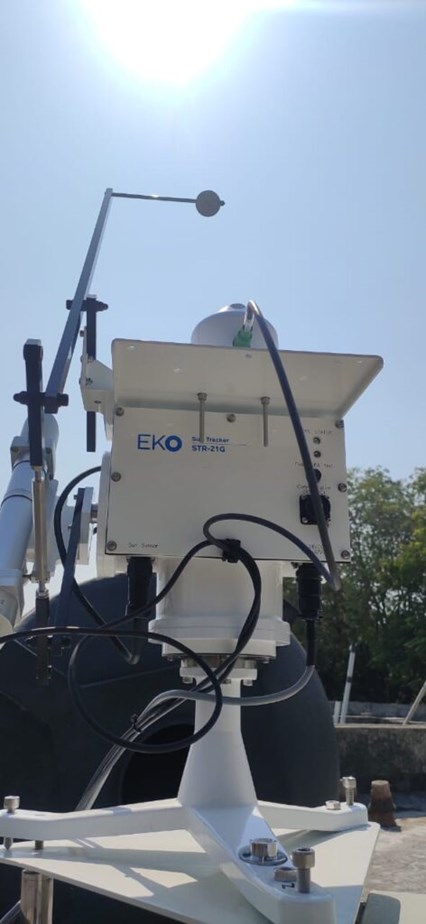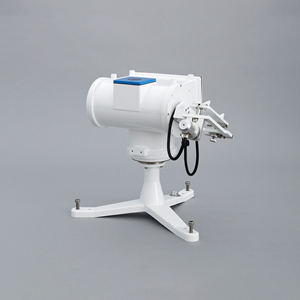The Future of Farming and the EKO Sun Tracker called ‘Robot’

Universities in India are using EKO sensors and instruments to research agricultural applications for artificial intelligence, automation, robotics, and drone technology.
The National Agricultural Higher Education Project (NAHEP) was launched by the Indian Council of Agricultural Research (ICAR) in 2017 to attract talent and strengthen higher agricultural education in the country. The project is supported by the World Bank and India’s government, with the overarching goal of raising standards, leading to more jobs and increased entrepreneurship.
Though NAHEP is about developing human resources, technology is seen as critical to development; a way to drive innovation in agricultural techniques while consolidating the knowledge and experience of farmers; closing the gap between modern or experimental and traditional farming.
Agricultural universities participating in NAHEP develop ‘Institutional Development Plans’ (IDPs) with specific themes. Junagadh Agricultural University (JAU), the only agricultural university in Gujarat on India’s west coast, and one of only eight universities across India invited to launch an IDP project, chose ‘Artificial Intelligence, Automation, Robotics and Drone Technology in Agriculture, led by Dr V. P. Chovatia, Dr P. M. Chauhan, and Dr N. K. Gontia.


As part of their IDP project, the team at the University’s College of Agricultural Engineering and Technology wanted to monitor and collect global, diffuse and direct radiation data in real-time, deciding to create their own custom monitoring station to do the job. After researching various instruments, they built their new system called ‘Robot’ using EKO STR-21G Sun Trackers and an MS-80S Pyranometer; with an MP-11 I-V Checker for PV inspections and accurate on-site I-V measurements.
‘Robot’ now supports research and all manner of projects related to solar energy applications in agriculture by measuring Diffused Horizontal Irradiance (DHI), Direct Normal Irradiance (DNI) and Global Horizontal Irradiance (GHI).
Working with ‘Robot’, students gain access to and experience using some of the most accurate solar radiation sensors available globally, preparing them to lead and manage the future of farming and agriculture in India.
Special thanks to Mr Govind Shukla of Meteoxperts, who successfully installed and commissioned ‘Robot’ at the University’s campus in Junagadh, for sharing this story.


















